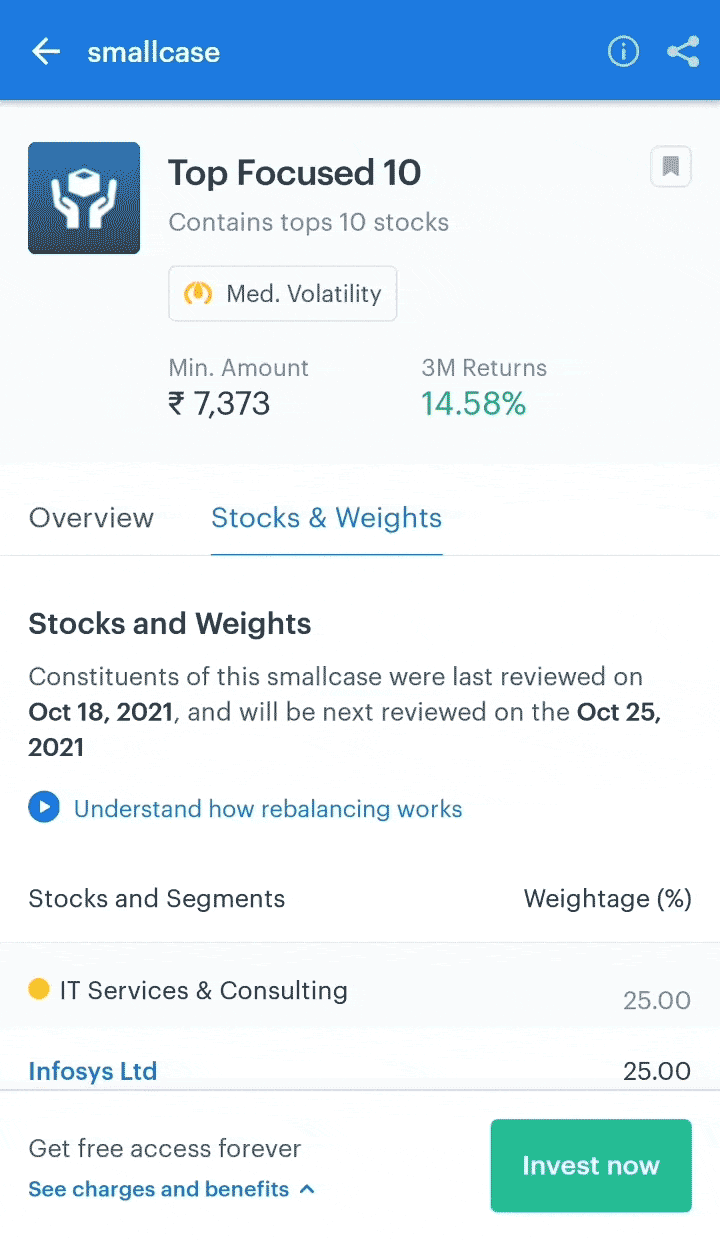Understanding Financial Ratios

To invest in any company’s stock/ETF, you assess various numbers and invest if it aligns with your personal investment goals. This process is called Financial Analysis.
Financial analysis can be done with the help of financial ratios. These ratios help us understand the performance of the company, and compare it to the performance of previous years as well as the performance of other companies in the same industry.
Here, we will go over 4 financial ratios to understand what they mean, how they are calculated, and what the ratios look like in a favourable scenario.
PE Ratio
One of the most prominent financial ratios is P/E ratio. The Price-to-earnings ratio is a measure of the current stock price of a company against earnings per share (EPS). EPS in essence is how much profit each share is generating.
Basically, the price of the stock you as an investor need to pay if that company generated ₹1 earnings.
In essence, if factors like industry, quality and sustainability of earnings are the same, then the lower the PE Ratio, the better for you as an investor.
PB Ratio
The other well-known financial ratio is P/B ratio. The Price-to-book ratio is a measure of the current stock price of a company against the book value per share (BVPS). Book value per share is an amalgamation of assets and liabilities. In simple terms is when you pay off all liabilities from existing assets. (assets minus liabilities)
Assets – cash in the bank, investments made by the company, etc;
Liabilities – loans, debts, goods bought in credit, etc
This number helps you evaluate if you as an investor, are overpaying for the stock.
The lower the PB Ratio, the better for you as an investor.
Sharpe Ratio
When the stakes are high, the victory feels sweeter. Very similar is the concept of risk-return in finance. Sharpe Ratio is a number that evaluates this concept.
So, if you are an investor for whom risk is a factor before investing, this ratio is your holy grail.
The higher the Sharpe Ratio, the better for you as an investor.
Dividend Yield
When a company periodically pays its shareholders an amount from its profits, it is called a dividend. The Dividend Yield Ratio helps you calculate how much dividend you would make per stock against the amount you invest in buying the stock.
Watch out for this ratio if annual dividends are an important part of your investment goals.
The higher the Dividend Yield, the better for you as an investor.
Guess what?
Ratios like PE and PB ratio can be calculated for a smallcase as well. Treat the basket of stocks, as one company stock (total the prices and earnings of all the stocks) and apply the same formula.

FAQs
The five types of financial ratios are liquidity ratios, leverage ratios, efficiency ratios, profitability ratios, and market value ratios.
Financial ratios are crucial as they provide insights into a company’s financial health, performance, and stability. Thus, as investors and analysts can rely on them to make informed decisions.
The price-to-earnings (PE) ratio and the price-to-book (PB) ratio are both financial ratios that can be used to assess the value of a company’s stock. However, they measure different things, and which one is “better” depends on your investment goals and risk tolerance.





